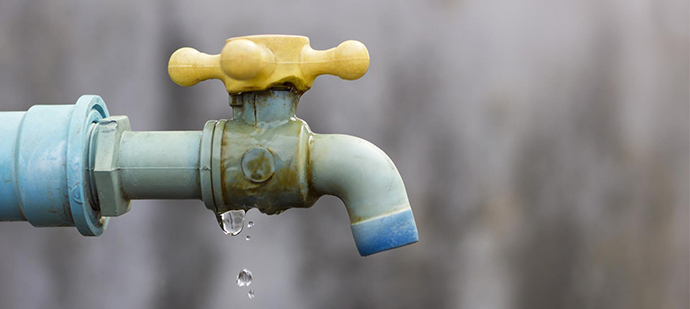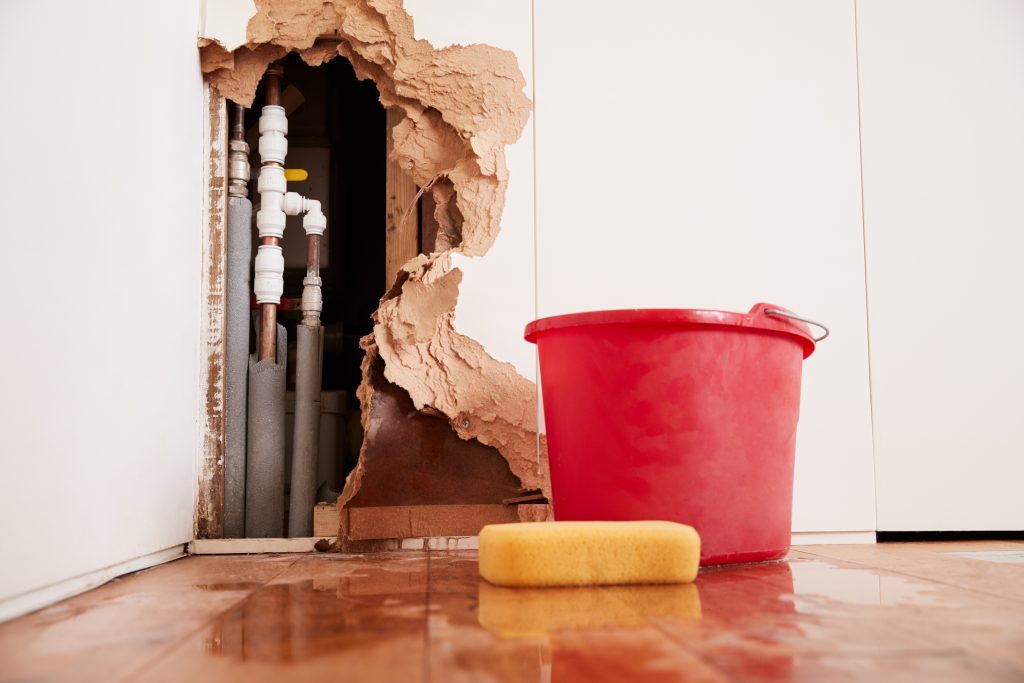Just how to Inspect If Your House Has a Hidden Leakage
Just how to Inspect If Your House Has a Hidden Leakage
Blog Article
On this page below you can locate additional professional material around Finding hidden leaks.

Early detection of dripping water lines can minimize a possible catastrophe. Some tiny water leaks might not be visible.
1. Analyze the Water Meter
Every house has a water meter. Checking it is a surefire manner in which assists you discover leakages. For starters, switch off all the water sources. Guarantee nobody will purge, utilize the tap, shower, run the cleaning machine or dishwashing machine. From there, most likely to the meter and also watch if it will certainly transform. Because no person is using it, there need to be no activities. If it moves, that indicates a fast-moving leakage. Similarly, if you discover no changes, wait a hr or more and inspect back once again. This implies you might have a slow leak that could also be underground.
2. Check Water Consumption
Evaluate your water bills and also track your water usage. As the one paying it, you should discover if there are any kind of inconsistencies. If you detect sudden changes, in spite of your intake being the same, it indicates that you have leakages in your plumbing system. Keep in mind, your water costs should fall under the exact same array monthly. An abrupt spike in your expense shows a fast-moving leakage.
Meanwhile, a steady rise monthly, despite having the same practices, shows you have a slow-moving leak that's likewise slowly escalating. Call a plumber to extensively examine your residential or commercial property, particularly if you feel a warm location on your flooring with piping beneath.
3. Do a Food Coloring Test
30% comes from commodes when it comes to water usage. Test to see if they are running properly. Decline specks of food shade in the storage tank and wait 10 mins. If the color in some way infiltrates your bowl during that time without flushing, there's a leakage between the container as well as dish.
4. Asses Outside Lines
Don't neglect to inspect your outdoor water lines also. Should water permeate out of the connection, you have a loosened rubber gasket. One small leak can lose loads of water and also surge your water expense.
5. Examine the situation and also examine
Home owners must make it a practice to check under the sink counters and also even inside closets for any type of bad odor or mold development. These two red flags suggest a leak so prompt interest is required. Doing regular inspections, even bi-annually, can save you from a significant problem.
Check for stainings as well as damaging as a lot of home appliances and also pipes have a life expectations. If you suspect leaking water lines in your plumbing system, do not wait for it to rise.
Early detection of leaking water lines can reduce a prospective catastrophe. Some small water leaks may not be visible. Checking it is a surefire way that helps you discover leakages. One little leakage can throw away tons of water and also increase your water expense.
If you think leaking water lines in your plumbing system, do not wait for it to rise.
WARNING SIGNS OF WATER LEAKAGE BEHIND THE WALL
PERSISTENT MUSTY ODORS
As water slowly drips from a leaky pipe inside the wall, flooring and sheetrock stay damp and develop an odor similar to wet cardboard. It generates a musty smell that can help you find hidden leaks.
MOLD IN UNUSUAL AREAS
Mold usually grows in wet areas like kitchens, baths and laundry rooms. If you spot the stuff on walls or baseboards in other rooms of the house, it’s a good indicator of undetected water leaks.
STAINS THAT GROW
When mold thrives around a leaky pipe, it sometimes takes hold on the inside surface of the affected wall. A growing stain on otherwise clean sheetrock is often your sign of a hidden plumbing problem.
PEELING OR BUBBLING WALLPAPER / PAINT
This clue is easy to miss in rooms that don’t get much use. When you see wallpaper separating along seams or paint bubbling or flaking off the wall, blame sheetrock that stays wet because of an undetected leak.
BUCKLED CEILINGS AND STAINED FLOORS
If ceilings or floors in bathrooms, kitchens or laundry areas develop structural problems, don’t rule out constant damp inside the walls. Wet sheetrock can affect adjacent framing, flooring and ceilings.
https://www.servicemasterbyzaba.com/blog/how-to-detect-water-leakage-in-walls/

I found that blog post about Hacks to detect leaks when doing a search on the web. Are you aware of someone else who is looking into the niche? Why not promote it. Thanks a lot for your time spent reading it.
Report this page